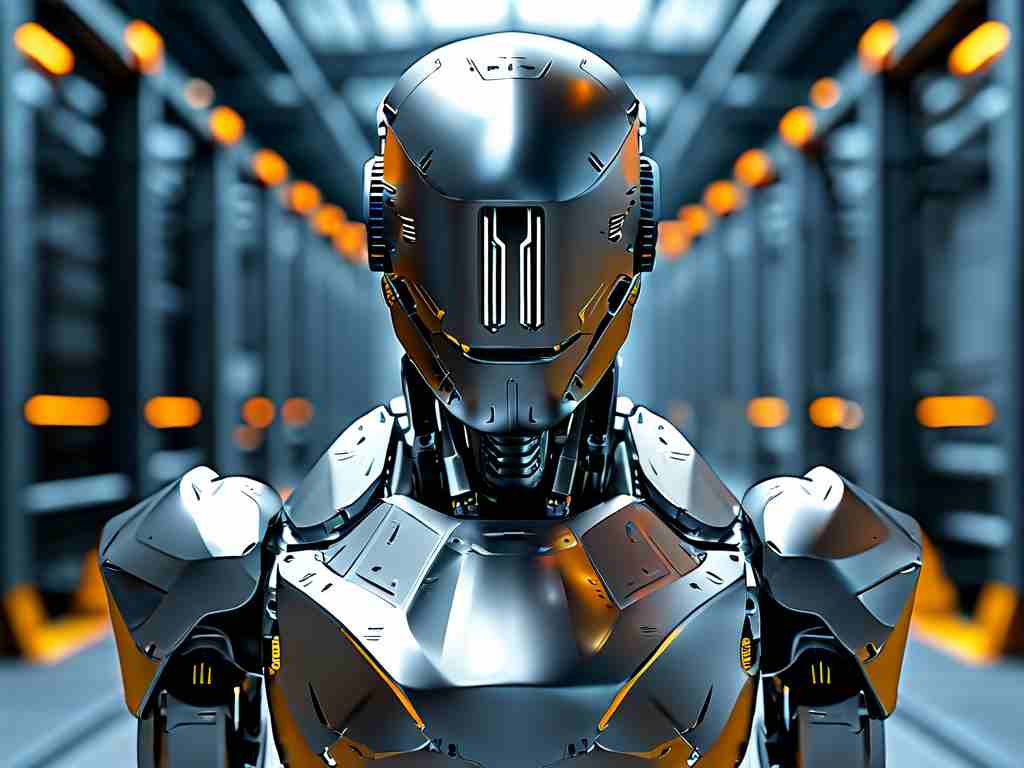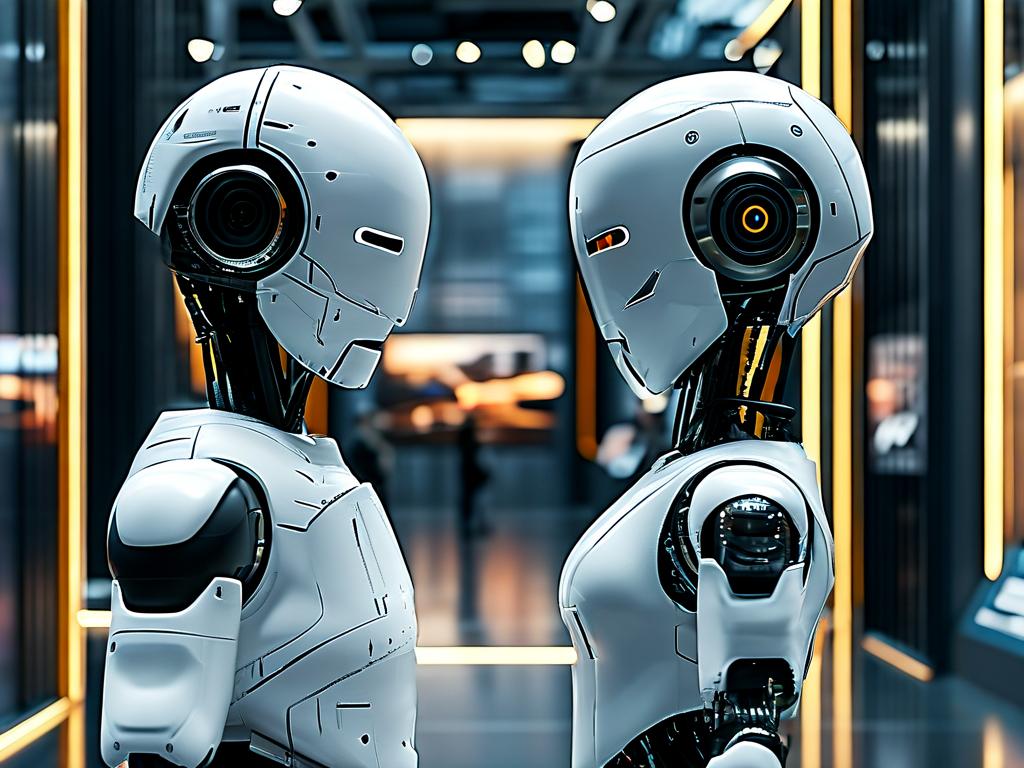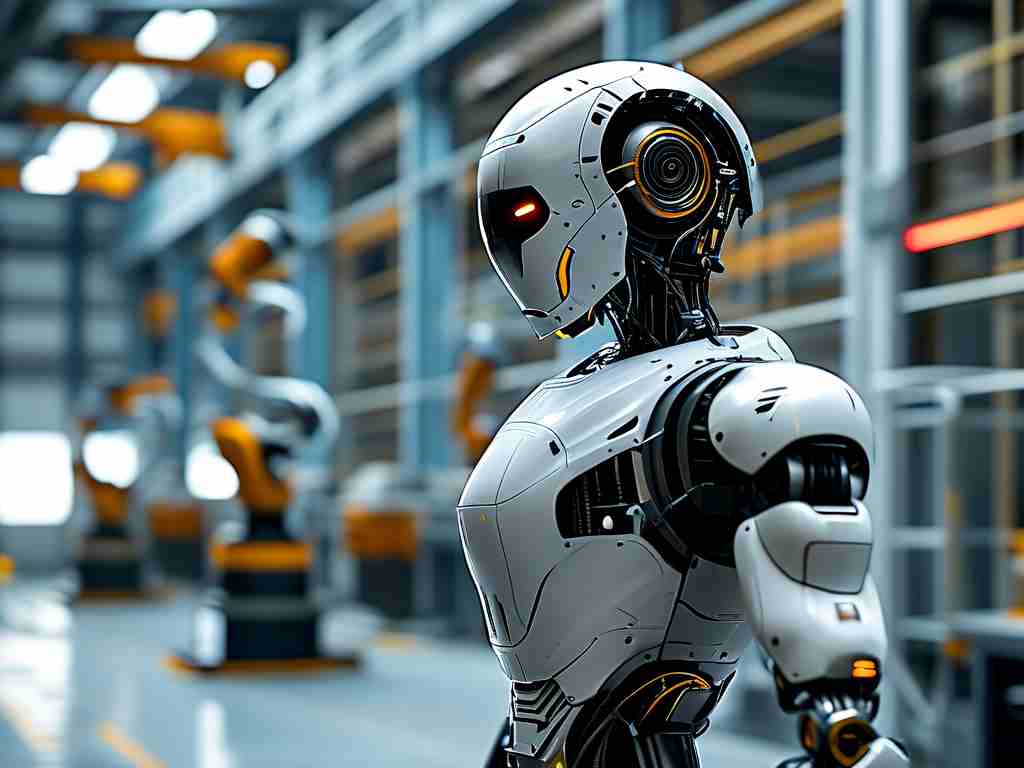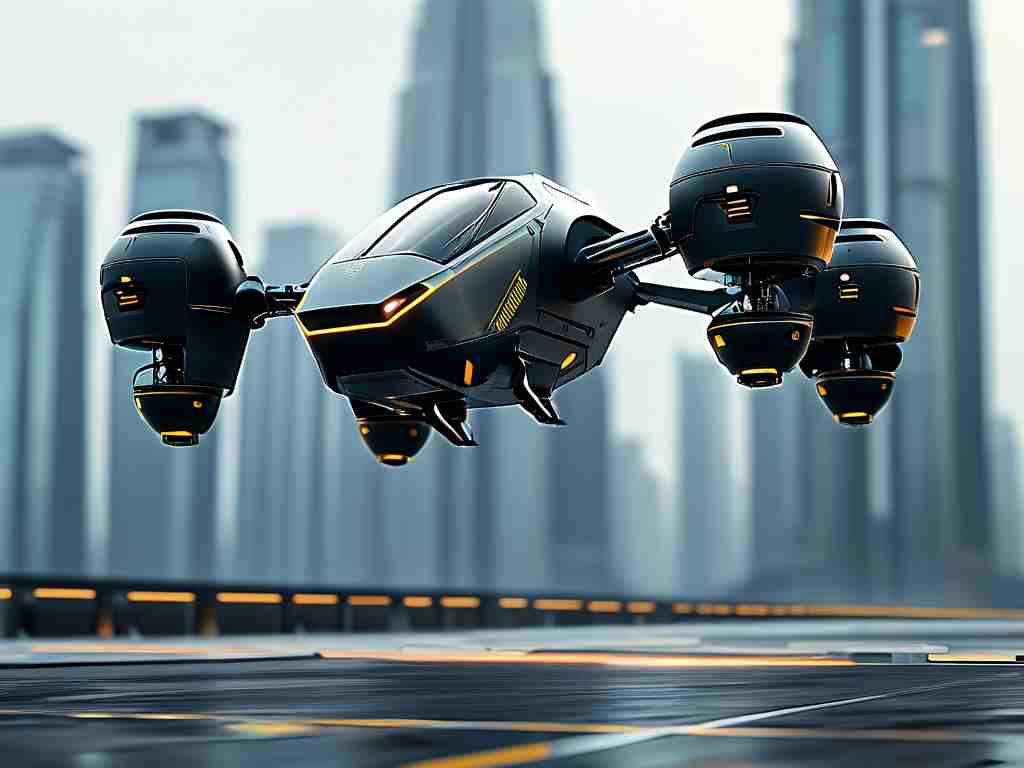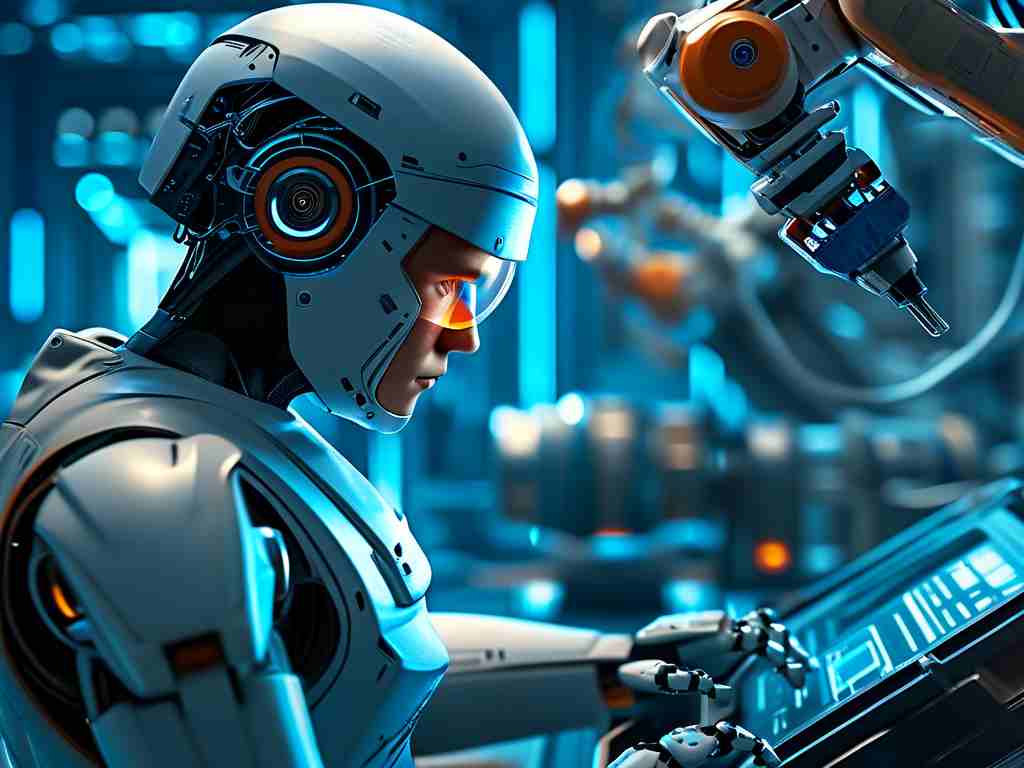Nestled in the heart of Hangzhou, West Lake has long been celebrated as a symbol of China’s natural beauty and cultural legacy. Today, this UNESCO World Heritage Site is also becoming a hub for cutting-edge robotics technology, blending centuries-old traditions with 21st-century innovation. From autonomous environmental monitors to AI-driven tourism services, West Lake’s robotics ecosystem is redefining how heritage sites interact with modern technology.
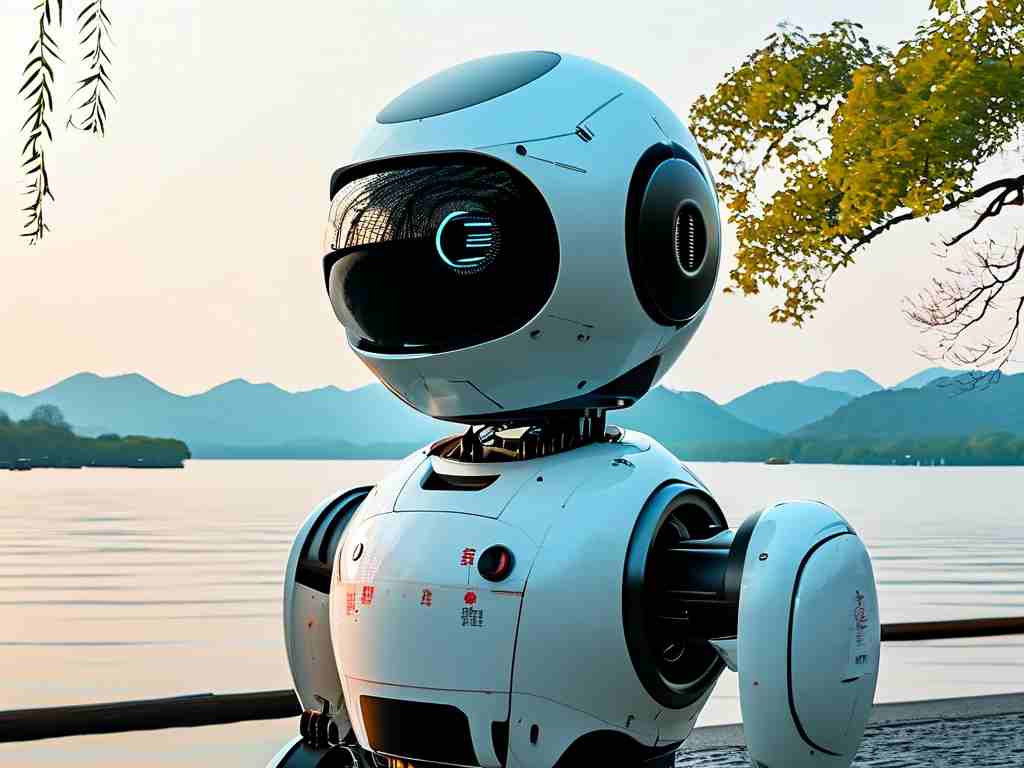
The Rise of Robotics in Conservation
One of the most pressing challenges at West Lake is preserving its delicate ecosystem while accommodating millions of annual visitors. To address this, researchers have deployed a fleet of solar-powered water quality drones. These compact devices navigate the lake’s waterways autonomously, collecting real-time data on pH levels, algae blooms, and pollutant concentrations. Unlike traditional methods requiring manual sampling, these robots transmit findings to a centralized system, enabling rapid response teams to tackle issues before they escalate.
Meanwhile, on land, caterpillar-tracked “greener bots” patrol the lakeshore. Equipped with AI vision systems, these robots identify and collect litter without disturbing wildlife or tourists. A recent pilot project reported a 40% reduction in plastic waste along targeted routes, showcasing the potential of automation in environmental stewardship.
Enhancing Visitor Experiences
Tourism remains a cornerstone of West Lake’s identity, and robotics is playing an increasingly vital role in reshaping visitor interactions. Multilingual guide robots, standing at just 1.2 meters tall, now roam popular spots like Leifeng Pagoda and Su Causeway. Using natural language processing, these machines answer questions, share historical anecdotes, and even recommend lesser-known trails based on crowd density analytics.
For a more immersive experience, augmented reality (AR) glasses are available for rent at entry points. When paired with location-aware robotics systems, these glasses overlay digital reconstructions of ancient temples or poetry readings by virtual scholars, offering a layered understanding of the lake’s 2,000-year history. A 2023 survey revealed that 78% of users found AR-enhanced tours deepened their appreciation of the site’s cultural significance.
Collaborative Development and Challenges
The integration of robotics at West Lake hasn’t been without hurdles. Early prototypes of cleaning robots faced criticism for their noise levels, prompting engineers to redesign motors using sound-dampening materials inspired by traditional wooden boat craftsmanship. Public-private partnerships have also been critical. For instance, Hangzhou-based tech firm Lingyin Tech collaborated with historians to ensure AI narratives align with verified accounts rather than algorithmic-generated folklore.
Looking ahead, plans are underway to expand underwater robotics for sediment analysis and relic preservation. However, experts caution against over-automation. As Dr. Mei Lin, a robotics ethicist at Zhejiang University, notes: “Technology should amplify, not overshadow, the human stories that make West Lake irreplaceable.”
A Model for Global Heritage Sites
West Lake’s robotic transformation offers lessons for heritage sites worldwide. Its balanced approach—prioritizing sustainability, education, and cultural authenticity—demonstrates how technology can honor the past while securing the future. As other regions explore similar initiatives, the fusion of robotics and tradition at West Lake may well become a blueprint for harmonizing progress with preservation.
In the words of a local tea farmer whose family has lived near the lake for generations: “These machines? They’re like new types of lotus flowers—rooted in the same mud, but blooming in ways we never imagined.”



